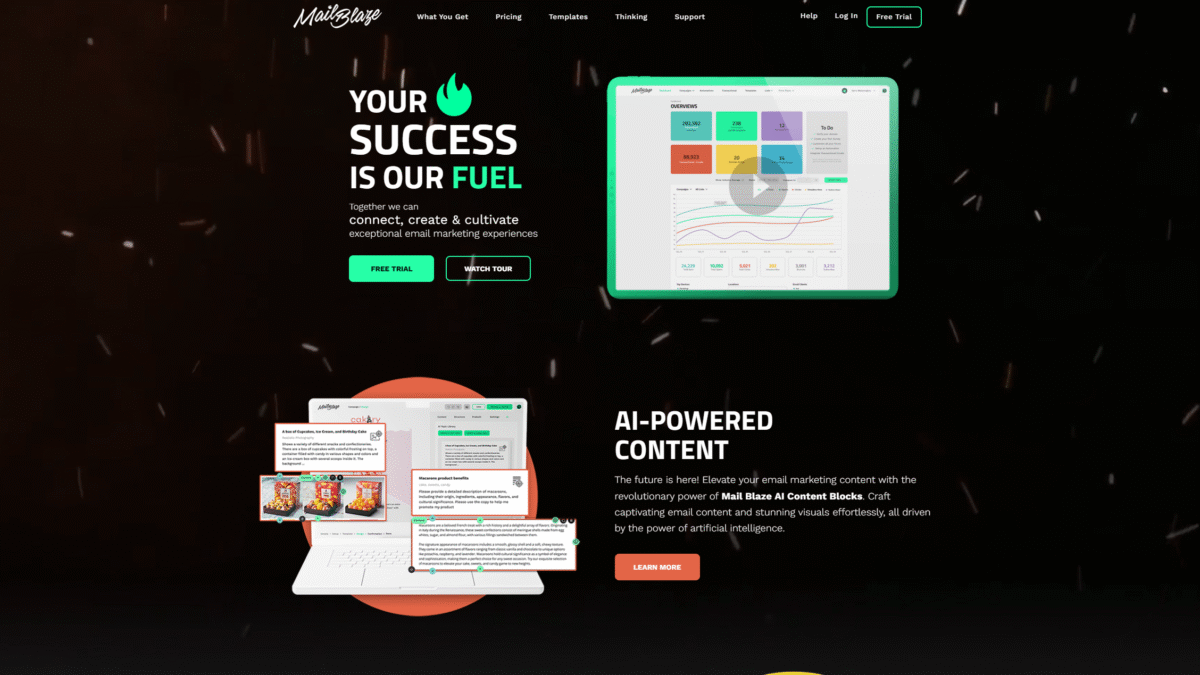
Randomly Segment Emails to Skyrocket Your Open Rates
Ever wondered how a randomly sliced list could breathe new life into your email campaigns? By introducing unpredictability into your segmentation strategy, you tap into fresh engagement patterns, spark curiosity, and ultimately skyrocket your open rates. Let’s dive into why sprinkling a bit of randomness can be the secret sauce you’ve been missing.
Why Randomly Segmenting Your Emails Works
Traditional segmentation relies on demographics, purchase history, or behavior. But what if you randomly group subscribers? This approach:
- Breaks monotony and surprises your audience.
- Reveals hidden engagement trends.
- Helps you A/B test new content angles without bias.
By integrating random cohorts alongside your regular lists, you’ll uncover which messages resonate best and transform underperformers into top openers.
Step-by-Step Guide to Randomly Segment Your List
Ready to get started? Follow these steps:
- Export Your Master List: Download your full subscriber list with essential fields (email, name, signup date).
- Assign Random Tags: Use a simple script or spreadsheet function (e.g., RAND() in Excel) to generate a random number for each contact. Then tag them in batches (e.g., Group A, B, C).
- Create Segment Rules: In your email platform, define segments based on those random tags. Now you have multiple “random” audiences ready to receive unique campaigns.
- Design Unique Content: Tailor subject lines or visuals for each random group—this will help you pinpoint what format drives the highest opens.
- Analyze & Iterate: After each send, compare open and click metrics across your random segments. Double down on winning variations and refine underperformers.
Common Pitfalls and How to Avoid Them
When you randomly segment, watch out for these traps:
- Overly Small Groups: Too few subscribers per random cohort can skew results. Aim for at least 5–10% of your list in each group.
- Inconsistent Timing: Sending at different times can confuse data. Keep send times constant across segments.
- Ignoring Baseline Metrics: Always benchmark your normal open rates before testing random segments to measure true lifts.
Enhance Your Strategy with Mail Blaze
Imagine handling all these steps in one powerful platform. Mail Blaze streamlines your email marketing with an intuitive drag-and-drop editor, robust segmentation tools, and AI-powered content blocks. Whether you need to copy, upload, and import contacts or define custom fields and forms, Mail Blaze makes it effortless.
Try Mail Blaze Free for 14 Days Today and discover how easy it is to create functional, curated emails that speak directly to your audience.
Maximize Engagement with AI-Powered Content Blocks
Mail Blaze’s revolutionary AI Content Blocks let you:
- Generate compelling copy instantly—just prompt the AI for variations or fresh ideas.
- Create stunning visuals aligned with your brand identity in seconds.
- Maintain consistency across campaigns while saving hours of design time.
Combine these AI blocks with your randomly segmented cohorts to test new messaging angles faster than ever.
Best Practices for Testing and Optimization
A successful randomly segmented campaign doesn’t end at send. Follow these optimization tips:
- Monitor KPIs: Track opens, clicks, bounces, and unsubscribes across each random group.
- Use Comparative Reporting: Mail Blaze’s reporting lets you stack multiple campaigns side by side to see which group outperforms.
- Refine Your Approach: If Group B consistently wins with a certain subject style, apply that style to future sends.
Conclusion
Introducing a dash of unpredictability by randomly segmenting your email list can uncover surprising engagement wins and help you iterate faster. With Mail Blaze, you get the reliable infrastructure, advanced analytics, and AI-driven content tools needed to execute these experiments at scale. Ready to transform your email performance?
Try Mail Blaze Free for 14 Days Today and start randomly segmenting your way to record-breaking open rates.
